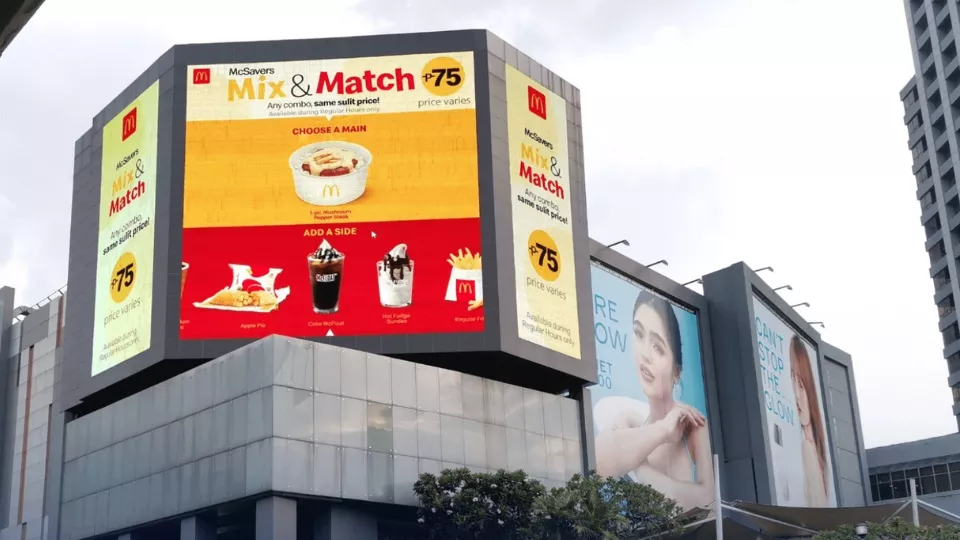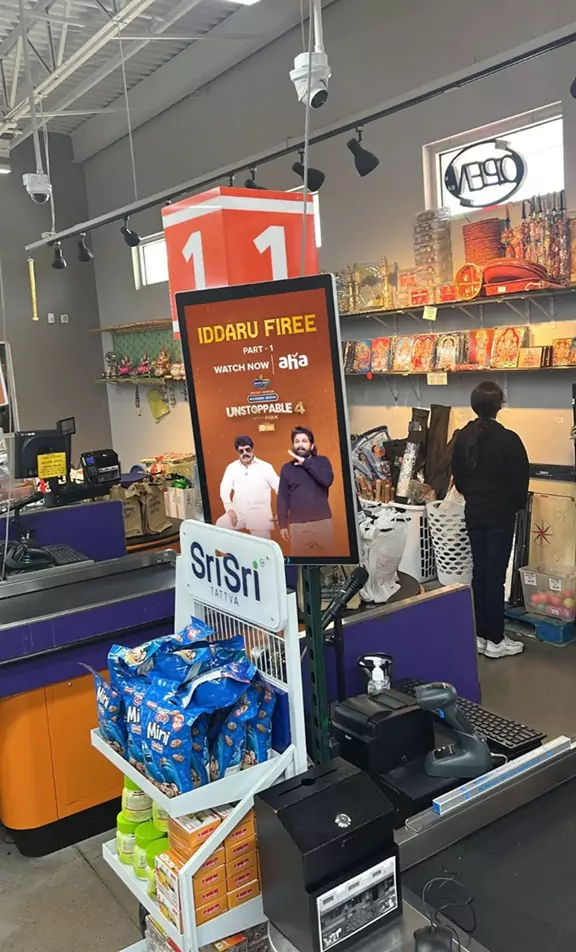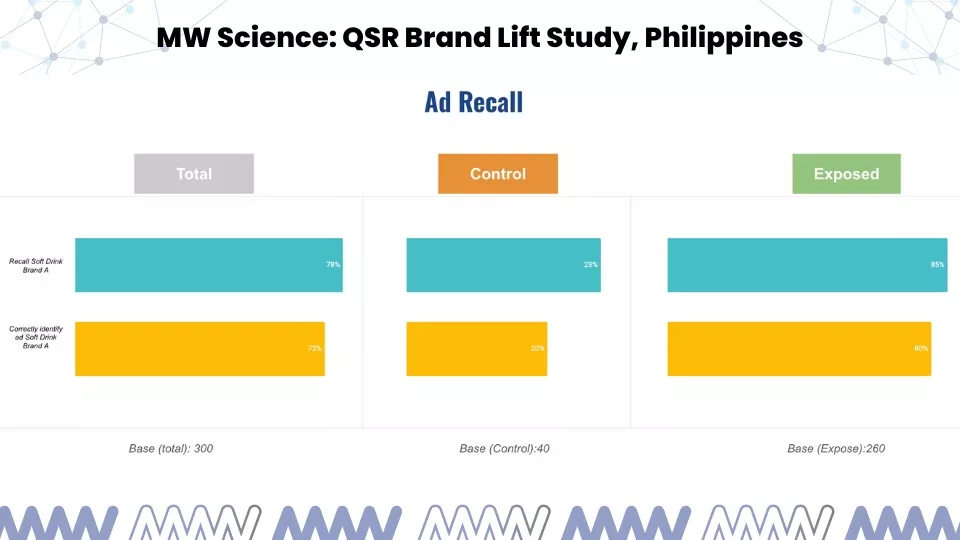Have you ever walked past a digital billboard and felt like it was speaking directly to you? Maybe it was a coffee brand reminding you to grab a hot drink on a chilly morning, or a restaurant promoting a lunch deal just as you were deciding where to eat. That’s the power of Digital Out-of-Home (DOOH) advertising. It’s not just about putting up a screen; it’s about connecting with people in real life, at the right moment, in a way that feels personal and relevant.
The Changing Media Landscape
A few years ago, marketing was all about mass channels. TV, print, radio, and digital each ran their own campaigns, often with little coordination. But today, audiences expect a seamless experience, no matter where they interact with a brand. The media mix has evolved into a connected, data-driven ecosystem. Out-of-Home (OOH) and DOOH are no longer just about putting up a static ad. They’re now a core part of omnichannel strategies, helping brands reach people at the right time and place. The rise of pDOOH has made this shift possible, allowing campaigns to be planned, bought, and measured in real time, making DOOH more dynamic and effective than ever before.
DOOH Market Growth
As reported by Media4Growth (2024), citing Precedence Research, the global DOOH market is projected to expand from USD 25.4 billion in 2024 to USD 89.9 billion by 2034, growing at a CAGR of 13.1%. Retail continues to dominate DOOH spending, while healthcare is rapidly emerging as a key segment, underscoring the shift from traditional static displays to dynamic, digitally enabled advertising.
The Role of DOOH in the Omnichannel Mix
DOOH stands out because it meets people in real life, not just on screens. While digital channels dominate online attention, DOOH reaches audiences in public spaces, on their commute, in shopping malls, or at transit hubs. This real-world reach gives brands a chance to connect with people when they’re making decisions, like where to shop or eat. For example, a DOOH ad near a retail store can reinforce a digital video campaign, driving foot traffic or encouraging online searches. When paired with mobile offers or QR codes, DOOH acts as a bridge between offline and online worlds, creating a seamless journey. Additionally, a 2024 study by the Harvard Business Review found that 73 % of consumers interact via multiple channels during their purchase process, and brands with strong cross‑channel integration retain 89 % of their customers, versus only 33 % for brands with weak omnichannel engagement.
Aligning DOOH with Campaign Objectives
The key to maximizing DOOH is aligning it with your campaign goals. For brand awareness, large-format, high-traffic DOOH sites like city billboards maximize reach, making DOOH ideal for building top-of-mind awareness. According to a 2023 GlobeNewswire report citing research by Vistar Media, billboard-based DOOH campaigns delivered a 72% lift in brand awareness, an 82% lift in consideration, and a 79% lift in purchase intent, underscoring the medium’s strength across the marketing funnel. For consideration and engagement, use contextual targeting, such as weather, time of day, or local events, to make ads feel more relevant and personal, boosting engagement. For conversion and store visits, location-based DOOH near retail outlets, paired with mobile retargeting, drives physical visits and in-store conversions. Defining clear KPIs before launching ensures your DOOH strategy aligns with your overall campaign goals, making every impression count.
Seaoil’s campaign in Indonesia used pDOOH and live traffic signals to tell drivers how many minutes it would take to reach the nearest Seaoil gas station as part of their “Break Free from Gas-tos!” lifetime free gas promo. Over 60 days, the campaign reached 1.6 million viewers and 164,000 unique individuals, with conversion rates as high as 14.91% at top locations. This approach drove real store visits and showcased the power of location-based targeting for measurable results.

Source: MW x Seaoil Campaign in Indonesia
Extending Digital Campaigns to pDOOH
pDOOH uses data and automation, much like programmatic display or video buying. Instead of static placements, pDOOH lets brands deliver ads that adapt in real time, making campaigns more relevant and engaging. For example, McDonald’s in the Philippines used weather-triggered advertising to promote their McSavers Mix & Match combos. This programmatic campaign used three dynamic creatives that changed based on real-time weather conditions, showing different offers when it was sunny, rainy, or when the pockets were dry (locally known as “Petsa de Peligro” in the Philippines). This allowed McDonald’s to deliver highly relevant, context-driven messages to their audience, making the campaign more engaging and effective. The campaign reached over 1.4 million people and delivered 142% more impressions than promised, showing how dynamic creative optimization (DCO) can boost results by responding to real-world conditions.

Source: MW x McDonald’s Campaign
Similarly, AHA, a South Indian streaming platform, used pDOOH to connect with expats across 100+ retail hubs in the U.S. By analyzing real-time foot traffic and audience density, AHA delivered targeted ads for their hit show “Unstoppable Season 4” during peak hours in South Asian supermarkets. The campaign generated over 550,000 impressions and significantly increased brand awareness among their niche audience.

Source: MW x AHA campaign
These examples show how pDOOH extends digital campaign storytelling into the physical world. By using triggers like weather, time of day, or audience movement, brands can make their messages more relevant and memorable, improving both engagement and recall.
Best Practices in Buying and Trading OOH Media
The shift from manual buying to automated, data-led planning is transforming DOOH, making it more flexible and efficient. Brands now combine guaranteed and non-guaranteed inventory to maximize reach and adapt to changing audience patterns. Audience-based buying, using data to target specific groups rather than just locations, ensures campaigns reach the right people at the right time. Partnering with data providers allows for smarter contextual placements, while collaboration between digital and OOH teams ensures consistent messaging and avoids overexposure. This approach not only improves campaign performance but also helps brands stay agile in a fast-evolving media landscape.
Measuring and Analyzing DOOH Effectiveness
Measuring DOOH effectiveness is no longer a challenge. Today’s tools offer real-time insights, including impression multipliers which estimates accurate reaches. Mobile ID tracking shows how many people visited a store after seeing a DOOH ad. Brand lift studies measure recall, engagement, and conversion lift. DOOH is now as measurable as digital channels, letting marketers prove ROI with metrics like reach, engagement, and sales. Use post-campaign analytics to refine future plans and optimize your budget.
A compelling example is Moving Walls Science’s post-campaign Brand Lift Study for a QSR Brand in the Philippines during a festive campaign from July to October 2024. The campaign ran on 14 digital screens across three cities, and the study surveyed 300 respondents divided into those exposed to the campaign and a control group. Findings showed that 91% of the exposed group preferred Soft Drink Brand A, significantly higher than the control group, and 65% of exposed respondents considered purchasing this brand next, versus 11% for the closest competitor. This clear lift in brand preference and purchase intent highlights how DOOH ads build meaningful brand impact and drive consumer action.

Image: Partial sample of MW Science QSR Brand Lift Study (Philippines) — Ad Recall comparison between control vs. exposed groups.
Conclusion: DOOH as a Catalyst for Smarter Omnichannel Marketing
DOOH isn’t competing with digital, it amplifies it. By integrating it early in your campaign planning, brands can create seamless, memorable experiences that connect online and offline worlds. For brands and agencies looking to elevate their media strategies, this approach acts as a dynamic catalyst driving marketing success well into 2025 and beyond. Take the first step and embark on your transformative journey today with Moving Walls.
Scale up your OOH Ads with better ROAS today.